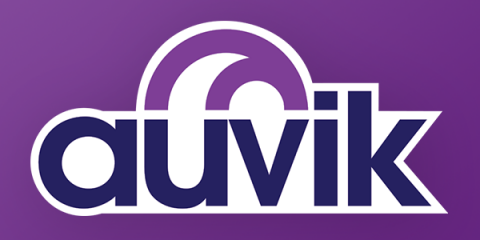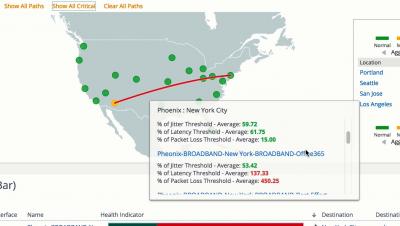What Is Network Management and Top Tools
Network management makes sure that your IT framework runs in a secure and reliable manner. In this post, we’ll help you discover the important aspects of network management and review the top tools to help you choose the best solution.









